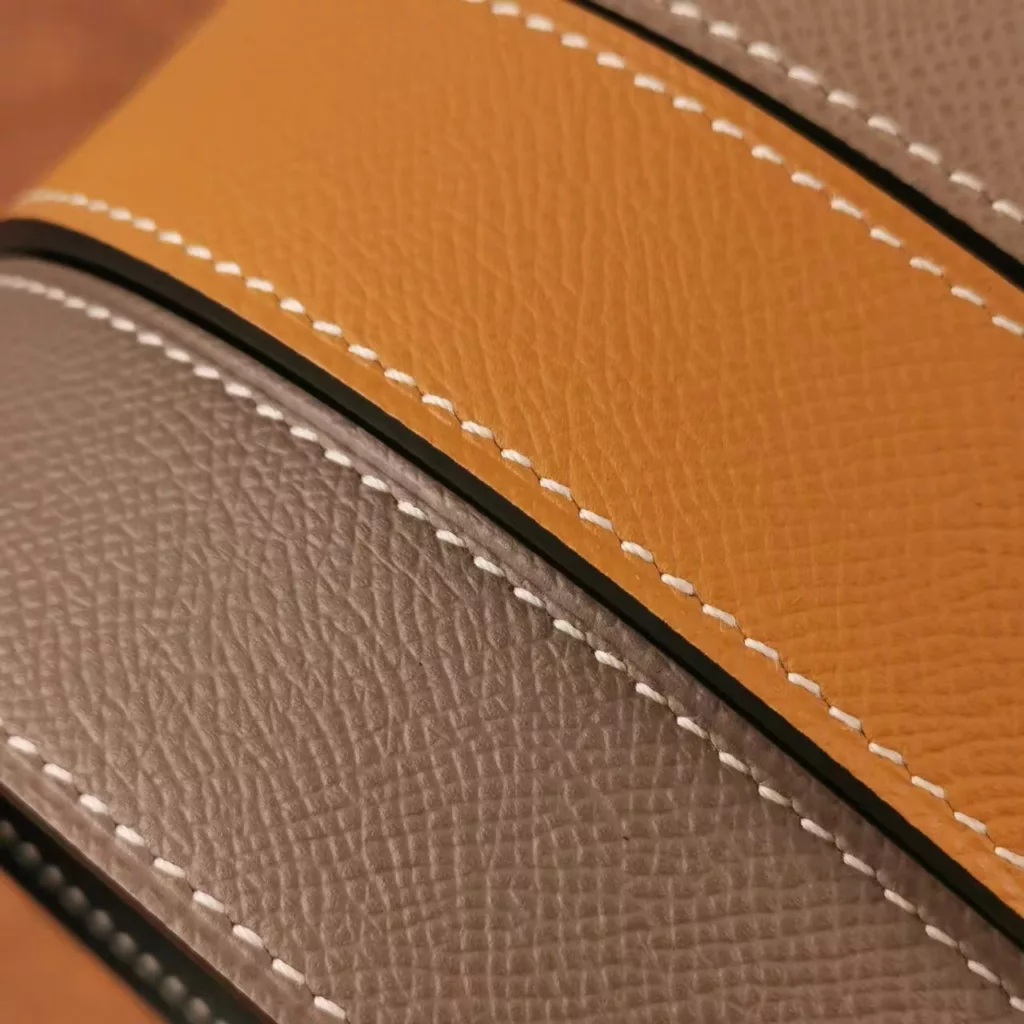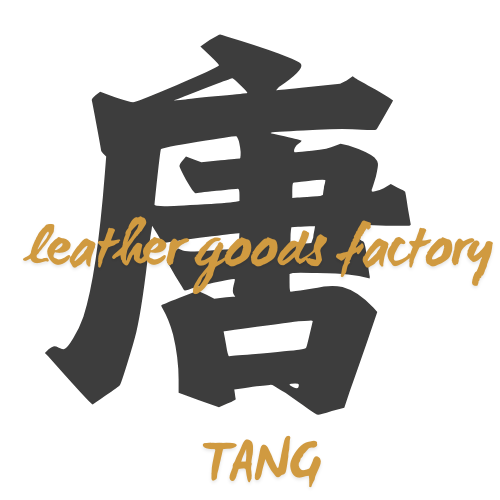In today’s fast-fashion era, handbags serve as both daily accessories and status symbols, with prices ranging from a few dollars to tens of thousands. Among them, genuine leather bags – particularly high-quality cowhide ones – often carry premium price tags, while PU (polyurethane) alternatives remain much more affordable. This significant price difference stems from fundamental distinctions in materials, craftsmanship, durability, and intrinsic value. This article will explore why leather bags command higher prices, comparing them to PU bags across multiple dimensions to help consumers understand their true value differences.


1. The Material Factors Behind Leather Bag Prices
As a natural material, cowhide involves a far more complex and expensive production process than synthetic alternatives. Premium cowhide primarily comes from specific cattle breeds raised in controlled environments to ensure flawless hides. Unlike mass-produced PU materials created through chemical processes, each leather hide is unique in its grain pattern, thickness, and characteristics – this natural variability carries inherent value.
From a material properties perspective, genuine cowhide offers physical qualities PU can’t match. Its tight, elastic fiber structure provides natural breathability and temperature regulation. A quality leather bag develops a distinctive patina over time, with colors and textures becoming richer and warmer – what connoisseurs call “leather aging beauty.” In contrast, while PU may initially mimic leather’s appearance, it lacks this evolutionary quality, typically developing irreversible cracks and peeling with prolonged use.
The leather treatment process involves over twenty steps including soaking, dehairing, tanning, dyeing, and fatliquoring. Traditional vegetable tanning methods using natural tannic acids can take up to two months. Meanwhile, PU production relies on petrochemicals and mold pressing for rapid shaping, with production cycles measured in hours. This fundamental process difference directly impacts material costs – premium cowhide can cost dozens to hundreds of times more than PU materials.
2. Meticulous Craftsmanship: The Art of Leather Bag Making
High-end leather bag production constitutes an art form requiring skilled artisans’ intensive handwork. For example, an Hermès Kelly bag demands 15-24 hours of handcrafting by a single artisan to ensure consistent quality. This labor-intensive process contrasts sharply with PU bags’ mechanized assembly lines that can produce dozens per hour.
Even in the mid-range price segment ($120-$450), leather bags maintain significant craftsmanship advantages over PU alternatives in material selection, stitching techniques, and internal structures – all impacting durability, texture, and long-term user experience.
Key differences in production standards include:
- Higher-performance sewing machines Leather’s thickness and rigidity require heavy-duty machines (like Juki or Pfaff industrial models) that ordinary machines can’t handle, while softer PU materials work with standard equipment.
- Slower, more precise stitching PU bag production uses high-speed stitching (~5000 stitches/minute), while leather bags reduce speed by 50% (~2000-3000 stitches/minute) because:
- Thick leather risks skipped or uneven stitches at high speeds
- Requires tighter stitch spacing (8-10 per inch vs PU’s 6-8) for long-term durability
- Critical areas (straps, corners) often use double-stitching or backstitching reinforcement


Interior Support Structure Differences
The reinforcement material between leather and lining affects shape retention and durability:
PU Bag Reinforcement (Budget Options)
- Materials: Non-woven fabric, thin cardboard, or cheap PE board – prone to deformation
- Thickness: 0.3-0.5mm, minimal support, may collapse over time
- Eco-friendliness: Some use recycled composite materials that degrade or mildew
Leather Bag Reinforcement (Premium Solutions)
- Materials:
- High-density fiberboard (stiffer, moisture-resistant)
- Thermally bonded interlining (maintains shape in heat)
- Lightweight EVA/PE boards (thicker/tougher than PU versions)
- Thickness: 0.5-1.2mm ensures structural integrity
Notably, luxury brands train artisans through multi-year apprenticeships, while PU production requires less technical skill. This human capital investment significantly impacts leather bag costs.
3. Time Investment and Natural Scarcity
Leather bags demonstrate meaningful time and scarcity differences from PU bags, though less exaggerated than luxury pieces.
A quality leather bag requires 25-30 days’ production time for:
- Hide inspection and pre-treatment
- Precision cutting (accounting for natural grain direction)
- Multiple finishing processes
PU bag production completes in about 15 days using automated processes.
4. Higher Material Waste in Leather Production
Natural leather’s characteristics inevitably create more waste than synthetic alternatives, significantly impacting costs.
Key waste factors:
- Natural imperfections: Insect bites, scratches, and uneven textures render 15-20% of each hide unusable
- Variable thickness: Different hide areas (thick backs vs thin bellies) must be carefully matched to bag components, wasting another 10-15%
- Irregular shapes: Oval hides waste 25-35% material when cutting rectangular bag parts
- Special components: Curved straps or unusual shapes increase waste
Meanwhile, standardized 1.5m-wide PU rolls with CAD pattern optimization limit waste to just 2-5%.
Given leather’s 20-30x higher material cost, this waste dramatically impacts pricing.
Industry innovations like digital defect scanning and 3D pattern optimization help, but natural material waste remains an inherent cost of genuine leather’s unique qualities.
5. Comprehensive Leather vs PU Comparison
Price Differences
- Premium leather: $1,500-$50,000+
- Mid-range leather: $120-$450
- PU bags: $20-$200
Durability
- Leather: 10-20+ years with patina development
- PU: 1-3 years before peeling/degradation
Tactile Experience
- Leather: Warmer feel, improves with age
- PU: Artificial feel, stiffens over time
Value Proposition
- Leather: Cultural heritage, craftsmanship narrative
- PU: Fashion-forward, seasonal appeal
Environmental Impact
- Leather: Biodegradable but tanning impacts
- PU: Non-biodegradable but new bio-PU options emerging
Here is another article analyzing various leather materials. It can help you gain a deeper understanding of the value of different leather materials, including PU.


6. Making an Informed Choice
Leather bags’ premium pricing reflects material scarcity, artisanal craftsmanship, and brand value. For consumers prioritizing longevity, craftsmanship, and timeless style, they represent sound investments that develop character with age.
PU bags better suit budget-conscious or trend-focused shoppers. Modern PU can convincingly mimic leather at lower prices, though without its durability.
When deciding, consider:
- Daily use bags: Leather offers better long-term value
- Occasional/trend pieces: PU provides affordable variety
- Mid-range leather options now balance quality and affordability
Understanding these fundamental differences helps consumers make value-aligned purchases. In our fast-fashion world, leather bags represent the “buy less, buy better” philosophy – enduring pieces that stand the test of time.



